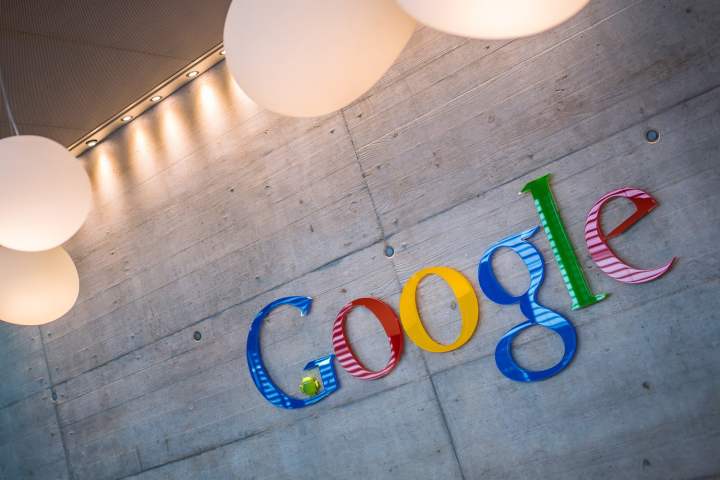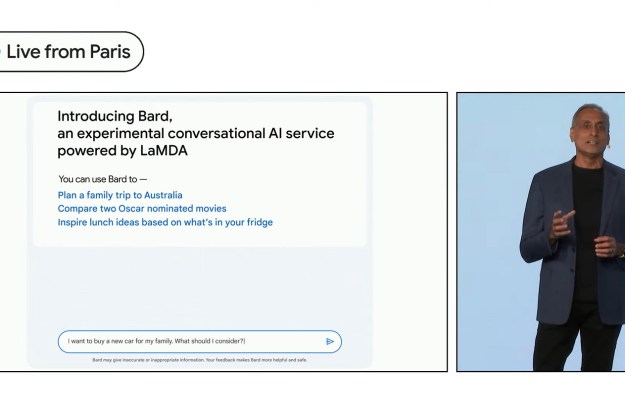
The subsea cables are set to increase the amount of bandwidth available to the network that connects Google’s international cloud data centers, according to a report from IT Pro. This should result in better performance for sites and services that utilize the company’s cloud platform.
The Havfrue cable is set to link the U.S. with Denmark and Ireland, according to a blog post published by Google. The company is collaborating with Facebook, Aqua Comms, and Bulk Infrastructure on the project, which will be constructed by TE SubCom and is named for the Danish word for mermaid.
Google is working with RTI-C and NEC on the Hong Kong-Guam cable system, which is said to create multiple scalable paths to Australia in conjunction with the Indigo subsea system and other existing infrastructure.
Finally, there’s the Curie cable, which is named for the physicist and chemist Marie Curie who pioneered research into radioactivity. Google is going it alone for this project, and in doing so becomes the first major non-telecom company to pursue the construction of a private intercontinental cable. It’s set to span from Chile to Los Angeles, and is the first subsea cable to land in Chile in over 20 years.
“Owning the cable ourselves has some distinct benefits,” wrote Ben Treynor Sloss, vice president of engineering at Google. “Since we control the design and construction process, we can fully define the cable’s technical specifications, streamline deployment and deliver service to users and customers faster. Also, once the cable is deployed, we can make routing decisions that optimize for latency and availability.”
Of course, there are other benefits for a company that has the means to undertake such a project. Removing any other entities from the construction of undersea cables means that Google is in complete control of its network. Increasingly, we’re seeing the likes of Amazon and Google use their cloud platforms as major drivers of revenue, and this kind of major investment demonstrates that this is going to continue to be the case for years to come.
Editors' Recommendations
- Google quietly launches a new text-to-video AI app
- Google’s new AI model means the outlook for weather forecasting is bright
- Google Calendar just fixed one of its most irritating bugs
- Why is Google cutting web access for some of its workers?
- Google Earth updates cool Timelapse feature with new imagery


